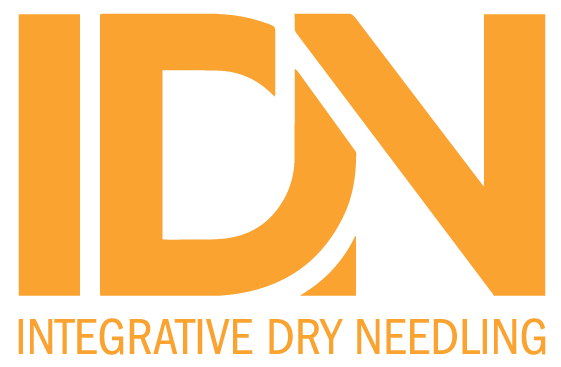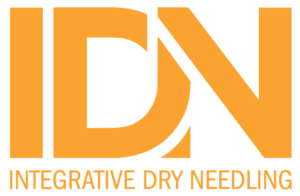Bull Hosp Jt Dis (2013). 2024 Dec;82(4):266-272.
ABSTRACT
PURPOSE: The purpose of this study was to compare regimens of eccentric exercise and dry-needling, with and without an ultrasound-guided leukocyte-poor platelet-rich plasma (LP-PRP) injection, in patients with patellar tendinopathy.
METHODS: Patients with symptomatic patellar tendinopathy based on physical examination and magnetic resonance imaging and who had failed at least 6 weeks of nonoperative treatment were enrolled and randomized at two centers to receive ultrasound-guided dry-needling (DN) alone or in addition to an injection of LP-PRP coupled with standardized eccentric strengthening exercises. Participants completed patient-reported outcome surveys at baseline and at 3, 6, 9, 12, and 26 weeks post-treatment. The primary outcome measure was the Victorian Institute of Sports Assessment (VISA) score for patellar tendinopathy (VISA-P) at 12 weeks, and secondary measures included the visual analog scale (VAS) for pain, Tegner activity scale, Lysholm knee scale (Lysholm), and Veterans Rand 12-Item Health Survey (VR12) questionnaire at 12 and 26 weeks.
RESULTS: Thirty-one subjects were enrolled in the study (15 DN, 16 LP-PRP). Twenty-three patients were available for follow-up at all time points. There were no statistically significant differences between the two groups at baseline. At 12 weeks post-treatment, both the LP-PRP and DN groups demonstrated statistically significant (p < 0.05) improvements from baseline with respect to Lysholm score (34.5 ± 15.1 and 31.7 ± 18.4), VAS pain scale (-1.58 ± 2.1 and -2.8 ± 1.9, respectively), and VISA score (19.2 ± 15.9 and 28.4 ± 19.4, respectively). At 26 weeks post-treatment both groups demonstrated statistically significant (p < 0.05) improvements in Lysholm score (23.6 ± 23.1 and 24.5 ± 17.3, respectively) and VAS pain score (-1.67 ± 2.3 and -2.18 ± 2.9, respectively). The LP-PRP group failed to show significance for VISA-P score from 0 to 26 weeks, though the DN group did (22.0 ± 14.6). There were no statistically significant differences between the two groups in mean VISA, VAS, Lysholm, or the Short Form Health Survey (SF-12) scores at either the 12 week or 26-week follow-up time points.
CONCLUSION: The results of the current study demonstrate that both DN and DN plus LP-PRP are effective treatment options in the management of symptomatic patellar tendinopathy, however, LP-PRP did not add any additional improvement over DN alone.
PMID:39259953



